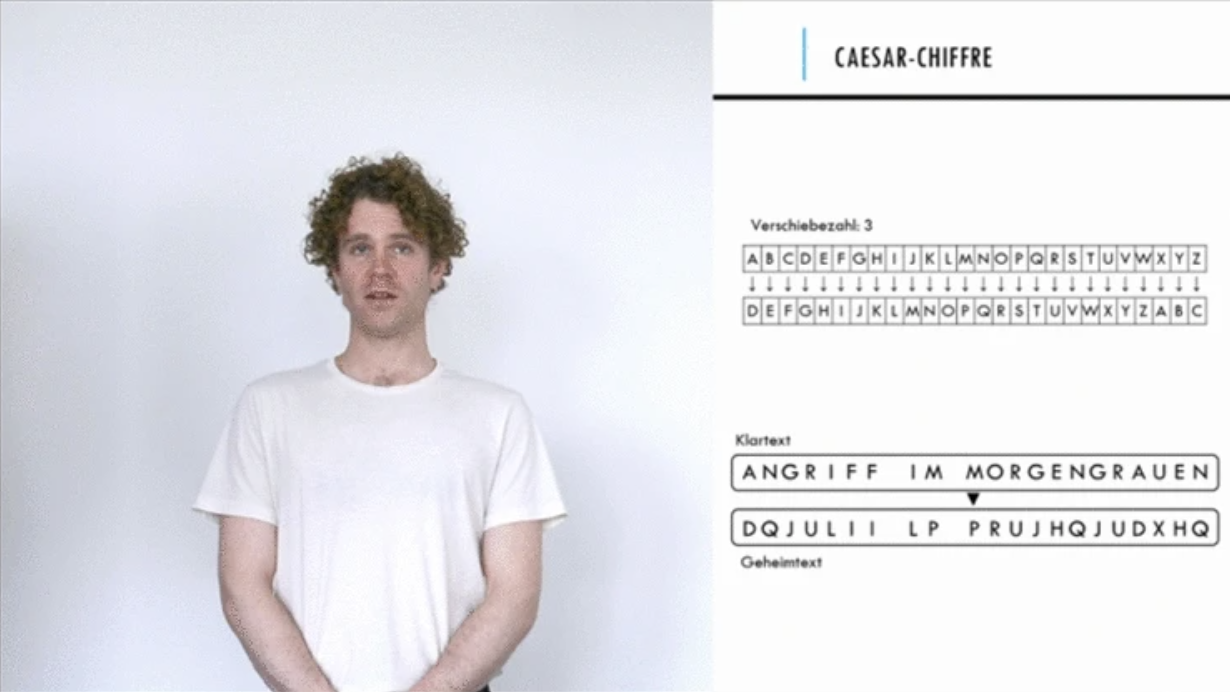Case Study: Using Eye Tracking to Inform Instructional Video Design

Online education has rapidly grown, with video lectures becoming a predominant instructional format. While the importance of instructors’ nonverbal cues in face-to-face settings is well-established, their impact in instructional videos, particularly multimodal nonverbal behaviors, is less well understood. In their 2024 paper, “Exploring the impact of nonverbal social behavior on learning outcomes in instructional video design,” Frenkel et al. investigated the effect of instructors’ nonverbal immediacy (NVI) – behaviors that communicate positive signals such as smiling, relaxed posture, and eye contact – on learners’ cognitive, affective, and motivational outcomes in video lectures. A crucial aspect of this study was the innovative use of eye-tracking to understand learners’ attention allocation.
Eye-Tracking Measures in Video Design
In the study, 87 participants watched four educational videos on cryptology, with the screen divided to show learning material on one half and an instructor on the other. The instructor displayed varying levels of NVI (low, medium, high) across different video segments. Participants’ eyes were tracked with a tower mounted SR Research EyeLink 1000. This technology allowed researchers to precisely measure where learners directed their visual attention during the instructional videos.

The researchers used eye tracking to test specific hypotheses related to attention allocation:
- Hypothesis 1: The relative number of fixations on the instructor would increase with increasing levels of instructor NVI.
- Hypothesis 2: The relative total viewing time directed at the instructor would increase with increasing levels of instructor NVI.
These measures provided objective, quantifiable data on learners’ visual engagement, offering insights beyond self-reported perceptions.
Key Findings from Eye-Tracking Data and Video Design
The eye-tracking data yielded significant findings:
- No Negative Impact on Cognitive Learning: Despite the observed shift in attention towards the instructor, the study found no substantial negative effects on cognitive learning outcomes. This finding challenges assumptions from cognitive load theory, which suggests that diverting attention from learning material might lead to learning loss. The data indicated that learners still directed their attention to necessary instructional material at relevant points, even with high NVI.
- Increased Attention to High NVI Instructors: As hypothesized, relevant video segments showed that the high-NVI group exhibited a substantially higher number of fixations on and longer viewing times directed at the instructor compared to the low-NVI group. This correlation between NVI and visual attention was particularly pronounced in the third part of the videos, where NVI levels were actively manipulated.
The Frenkel et al. study highlights the invaluable role of eye-tracking technology in modern educational research. By providing precise data on learners’ visual attention, eye tracking enabled a deeper understanding of how instructor nonverbal behavior impacts learning processes. This objective data was instrumental in demonstrating that higher nonverbal immediacy can enhance learners’ motivation and enjoyment without detracting from cognitive learning, thereby offering concrete recommendations for the effective design of instructional videos in online learning environments. Future research leveraging such advanced technologies will continue to illuminate the complex dynamics of learning and inform more effective pedagogical practices.
For information regarding how eye tracking can help your research, check out our solutions and product pages or contact us. We are happy to help!
